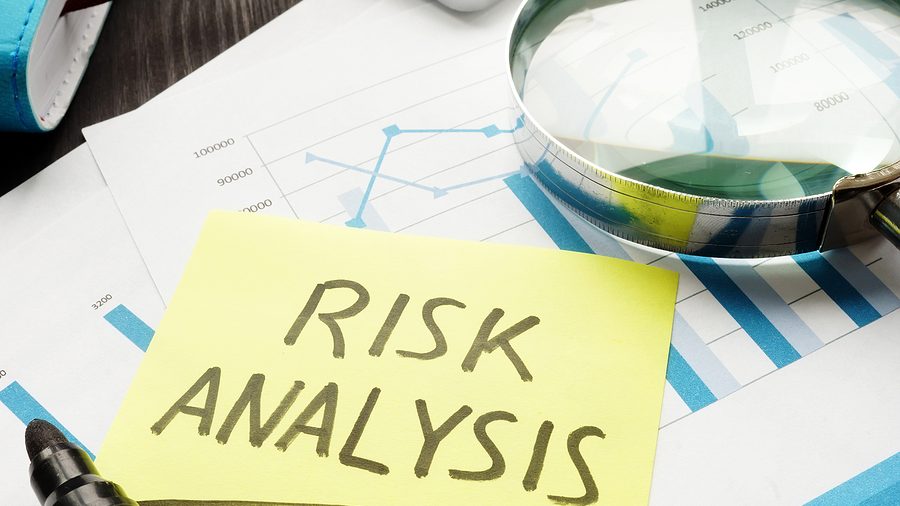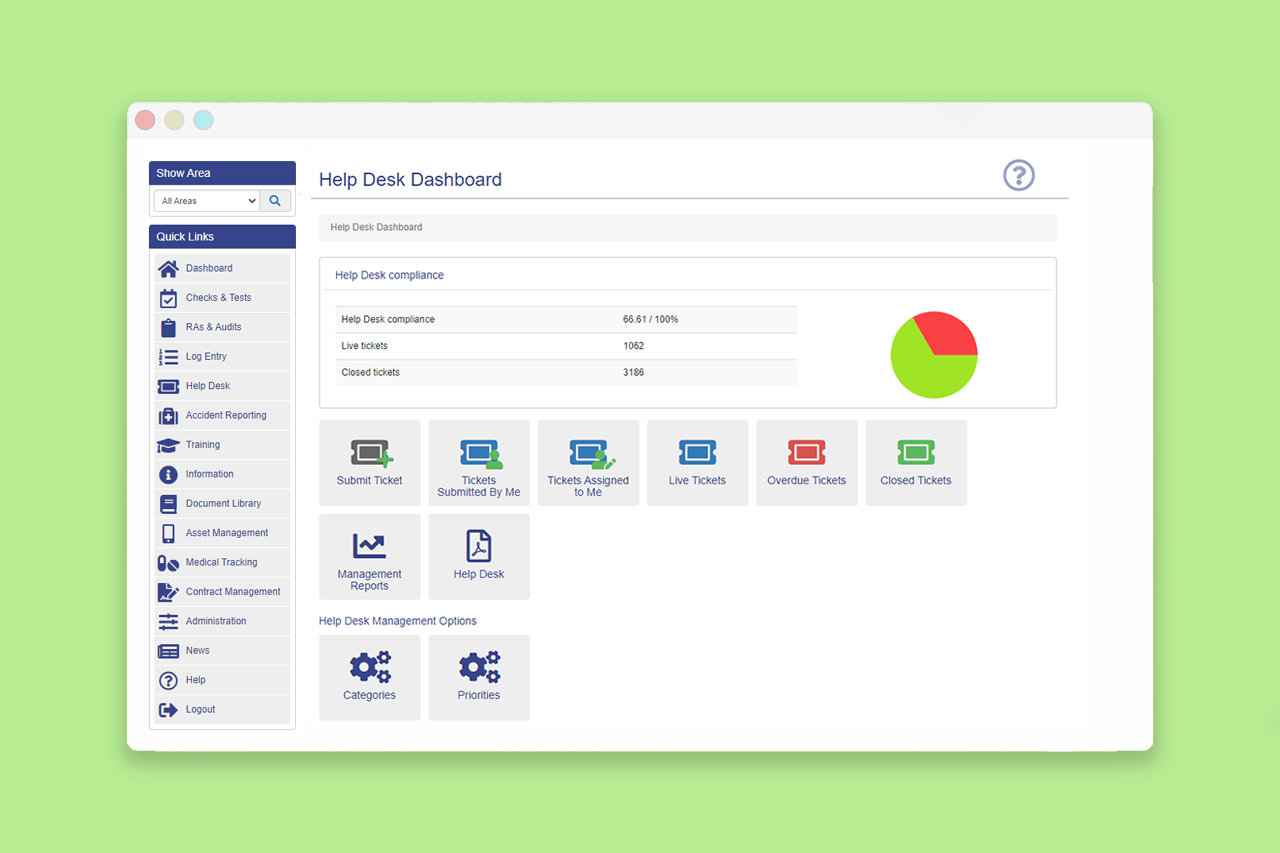Home / News / How to Spot Safety Risks
How to Spot Safety Risks

Every year, over half a million accidents occur in the UK workplace, which leads to around 60 million lost workdays through injury. From freak occurrences to oversights in safety, these injuries often occur for a range of reasons.
As the responsible person you have a legal requirement to identify and minimise the risks, and a common way to do this is through a Risk Assessment.
The law states that employers must make a suitable and sufficient assessment of the safety risks to their employees that they may encounter whilst at work. If you are an organisation with 5 or more employees, this is then required to be recorded – both detailing the findings and any employees that may be at an increased risk.
A risk assessment covers this legislation, as carrying one out involves finding the potential hazards and introducing control measures to minimise the risks, which in turn will ensure a safe workplace.
So, who can complete risk assessments?
Anyone who is deemed ‘competent’ can complete a risk assessment. According to the HSE, this is deemed as having the “relevant skills, experience, and knowledge to manage health and safety”.
Inspection

The first step towards increasing safety is to identify any potential risks: Take a walk around your workplace whilst being mindful of any potential hazards, regardless of the severity.
Make sure to take into account any changes that may happen, as workplaces are often busy and changing, so make sure to try this at different times of the day and week, to see if any other issues present themselves.
These changes could affect the overall safety of your business, so it is important to check often to keep everyone safe.
After all, a business environment can be completely different from one day to the next and this should be factored into your overall assessment. To avoid missing common risks that are often forgotten, we would suggest that you use a risk assessment template.
Communication

As well as conducting inspections, it is imperative that you communicate with all employees.
Your employees are working within your business every day and likely encounter a range of risks daily, therefore developing an in-depth understanding of the risks involved, so make sure to ask them!
They will be able to offer a different perspective on the issues faced, as well as being able to point out anything you may have missed.
This can be valuable feedback to help you keep them safe and feel heard.
It can also be useful to reach out to external organisations for advice. If you have any machinery or equipment within your workplace, it may be a useful idea to contact the manufacturers or check the manuals for guidance.
You can also get in touch with occupational safety organisations for more generalised guidance.
Expectation
When identifying the risks in your organisation, you need to be thorough and not just look for expected hazards. You need to be considerate of unexpected events which could occur, and these can include anything from faulty equipment to something coming loose and falling, for example.
By looking beyond the expected hazards, it allows you to plan for the unexpected – just in case. This will, therefore safeguard everyone that might enter the working environment – both employees and the general public.
Although commonplace, you might forget to think about employees who work outside of regular hours, such as cleaners or maintenance staff. This highlights the importance of considering all aspects of the working day, so make sure to take everyone into account.
Long Term
Long-term risks can often be overlooked during inspections, but it is important to take them into consideration. This is particularly important for environments with unique conditions such as a high level of noise or the use of chemicals.
Although most long-term risks may not appear dangerous at first, they have the potential to cause lasting damage to employees who deal with them regularly.
Due to them being less prominent, long-term risks can often require more research. For example, if you are unsure about a specific hazard (such as sound levels for example), it might be useful to read up on it or contact an organisation who are more knowledgeable in that area.
Analysis

Analysis of the illness and accident records can be a great tool to help you to identify safety risks. They can highlight patterns in ill health, which in turn will aid you in finding the root causes.
Patterns may include anything from location, use of machinery, time of day or even training level.
These real-world examples can often be very informative of the working environment, therefore are key for helping you to prevent future ill health due to a recurring risk.
Personalisation
Risk assessments are ultimately about protecting people, and this should be kept in mind when looking for hazards.
Extra consideration should be given to vulnerable people, including older, younger, people with disabilities, pregnant women and new mothers.
Consideration should also be given to employees with little or no training who may not be fully acclimatised to your business yet.
Conclusion
To recap: risk assessments are a legal requirement for employers to ensure the safety of everyone in their workplace. It is important they are completed by a competent person to a high standard, taking into account all potential risks both long and short-term.
This should be done whilst also considering the changes in the workplace during the day and any vulnerable people who may require extra attention to ensure their safety.
Analysing past incidents and speaking to employees will help improve the quality of the risk assessments you complete, as this will assist you in finding any overlooked hazards and also provide a different perspective on issues.
Bibliography
HSE (2022) ‘Health and safety statistics’. Available at: https://www.hse.gov.uk/statistics/ (Accessed: 08/06/2023)
Gov (1999) ‘The Management of Health and Safety at Work Regulations 1999’. Available at: https://www.legislation.gov.uk/uksi/1999/3242/regulation/3/made (Accessed: 08/06/2023)
HSE (2022) ‘Managing risks and risk assessment at work’. Available at: https://www.hse.gov.uk/simple-health-safety/risk/index.htm (Accessed: 08/06/2023)
Gov (1974) ‘Health and Safety at Work etc. Act 1974’. Available at: https://www.legislation.gov.uk/ukpga/1974/37/contents (Accessed: 08/06/2023)




